Week 1
Sports Broadcasting has been around since the 1930s. Where the first televised sports game was in 1937 which showcased the Wimbledon’s opening match which had approx. 2000 viewers. Sports television is nowadays captivated by millions on traditional and non traditional platforms.
In this module i will be working with theory and practice of television sport and i will reflect on a variety of aspects that shape and form nowadays sports television as-well as the history of the medium and how it has changed. ill also be looking at media ownership and rights as well as how the sociocultural place of sport in contemporary society inflects its representation in factual and fictional programming, the form and aesthetics of sports broadcasting, and new technologies for sports viewing.
first thoughts: I have worked on a few personal sports pieces myself which i feel that might be good for when it comes to the practice of this module, especially if i’m able to work on a water-sports piece. Living in Hawaii aloud me to film the billabong Pipemasters 2014. i also have personal projects as shown in the link. Hawaii and Attractive Distractions
Im interested to be a cinematographer in this module because i feel that i will be able to use skills i already have as well as learning new techniques with equipment i haven’t used before, to combine to create something i am proud of.
Im an avid Sports viewer when it comes to football and surfing, i keep up to date by following social medias and other websites. Surfing is harder to follow because its classed as a minor sport which means that it doesn’t get the same coverage as football would. I usually have to find streaming sites online whereas football i can find it the traditional way on television or i can go to a local pub to watch it with other fellow fans. The way sports fans watch sports on television has transformed over the years. an example with football pubs have become lived experiences now. “The dispersal of these mega-events across the screens of the world has had some paradoxical effects: the experience of watching top level football in stadia filled with giant screens has become more mediated, while the viewing of football in bars and other public locations has, perversely, become, in terms of “lived experience,” closer to football spectatorship as it used to be experienced before television”(Whannel, 2014) Audiences are inundated with multiple amounts of information from different time zones, multiple screens where there is a new way of interacting with sports television.
Reference
Whannel, G. (2014). The Paradoxical Character of Live Television Sport in the Twenty-First Century. Television & New Media, 15(8), pp.769-776.
Week 2
In the second week of the module we had tom squires who is a professional windsurfer, Tom is an Athlete competing for GB who is Ranked 7th in the World he mentions in his twitter bio that he is a Gardener turned Olympic trainee.
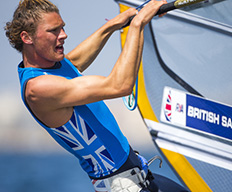
After listening to Toms story of where he comes from and where he is now truly captivated my interest into working with him on this module. because of my experience with water sports i was very keen to jump on one of the pitches that was presented during the seminar. One of the pitches that i liked included filming a promotional video for Tom which displayed the sport of windsurfing, Tom himself, and to get more people involved with the sport. Tom mentioned that he wanted to portray the thrill and excitement the sport.
March 1st 2018
“British windsurfer Tom Squires left the sunshine of Cadiz, Spain, with gold in the Men’s RS:X at the Andalusian Olympic Week regatta.
In a fleet of over 60 riders that included 2016 world champion Piotr Myszka (POL) and last year’s winner Ivan Pastor (ESP), Squires took the title with consistent racing which produced only top ten finishes on his scorecard, the only sailor to do so. Finishing five points ahead of Poland’s Pawel Tarnowski in silver and 11 in front of Denmark’s Sebastian Fleischer in bronze, Squires win marks the end of a strong training camp for the British windsurfers in Cadiz.(Rya.org.uk, 2018)
During the presentations i started to already think how i would approach this task as a cinematographer in this assignment. my first thoughts were, about what type of equipment i’d use. The use of GoPros and Drones to get those extreme angles to intensify the action in the scene as well as taking the audience on an adventure to almost virtually experiencing what tom experiences. Tom showed a video that he had created himself where it had potential to be really powerful however lacked in quality of editing and timings of shots combined with the narrative of the video.
Gopro Windsurf Tut in this video on the gorpo channel it shows various of interest spots to place the camera to get your action shot. I feel like i can use this for inspiration for the promotion video.
Reference
Rya.org.uk. (2018). Squires triumphs at Andalusian Olympic Week | Home | News | The British Sailing Team | RYA. [online] Available at: http://www.rya.org.uk/britishsailingteam/latestnews/Pages/articlewrapper.aspx?pageUrl=/newsevents/news/Pages/squires-triumphs-at-andalusian-olympic-week.aspx#.Wp771hPFI1I [Accessed 6 Mar. 2018].
Week 3
I spoke to the producer of the pitch that i wanted to work on and we decided that i will be the cinematographer for the project. Being a Cinematographer or Director of Photography means that i will have to take charge of cameras and equipment i will have to conduct storyboards and shot lists and i decide what to shoot and how to shoot it, i will have to work with the editor as well in post with style of video to get it just right.
For the Tom Squires Windsurfing video i would like it to have fast pace cuts which match with the music, from talking to the producer we have decided that we want the overall colour of the video to be in black and white, i think that this is a good stylistic choice because it will help stitch together different days of filming and will make the overall piece more dramatic. which in hindsight will help the editor when it comes to colour grading the piece. the shots from land or boat i feel like they need to have a strong depth of field where as the water shots i want to have large wide lenses to capture the immensity.
These videos from youtube influenced m choices of styleBlack and White Surfing and Kai Lenny surfer
To make this promotional video very beneficial for Tom i want it to be very captivating and one bit of technology which is in the market at the moment is 360 degree cameras, however this kit is expensive and to get hold of at the moment, although i feel like if it was possible this would be a great new innovative way of capturing Tom while windsurfing. “The BBC’s bold development of their 360 degree coverage of the major events, with interactive television, broadband and mobile phone coverage of the Olympic Games and the World Cup, belies the massive growth in the coverage of sport across other free-to-air channels as well as the rise of new pay-TV competitors.”(Boyle and Haynes, 2009) this shows that modern sports broadcasters are branching out trying new ways of audience participation and experience in the sport. by using 360 degree video you can really get the audience stuck into the action.
Reference
Boyle, R. and Haynes, R. (2009). Power play. Edinburgh: Edinburgh University Press.
Week 4
This week i have been working in our group talking and discussing our plan of action for our shoots. There is a weekend where Tom is in competition in weymouth which is a golden opportunity to capturing top in his element, we want to capture every angle so the producers are trying to get permission to shoot. We also want to cover the narrative part of the piece along side the action, this will take place at the beach where it all started for Tom, by asking him a series of questions in and interview to tie up the whole piece.
The style of interviewing i would imagine it to be nice framed with some coast behind as with a strong depth of field sort of like the style in this documentary VANS
Another portion of the piece i want to be dedicated to scenic shots to ad to the cinematography this would be done by using a drone. however this is only doable if the weather and conditions are right.
Example what shots could look like:
Week 5
This week has caused an issue with my group the days that we had planned for filming with Tom Squires in Weymouth i am unavailable to make it which is the only filming time which will take place. i have had to drop the role of the cinematographer and pass it on sadly. however i have taken over a new role in which i will take part in which is the editor. i feel that this is a good transition because the editor and cinematographer need to have the same vision in order for both members to be satisfied with the final product.
My role now is to edit the piece together and look after the video files once the shoots have been completed. Once all the filming is complete ill bring together all the footage and go off the cinematographers storyboards and the producers notes.
Ive decided to go for a black and white colour grade that is very contrasting which makes certain elements on screen pop which is influenced by this video of john john B&W. i feel that by doing this style it will make the piece more dramatic and will intensify the sport.
I also want to use certain rolling and glitch transitions if possible to add flow with in the narrative of piece.
We had a task for the week to watch the Russians Hooligan Army (2017), which was a very interesting documentary about the football hooligans that caused chaos in the streets of France during the euros 2016. During the actual competition i had not realised that the Russians had a pre planned notion of violence to cause against the English. I originally thought that it was the English causing all of this however after watching the documentary i had realised that this was not the case.
Week 6
In week 6 most of the shooting has been completed by the crew, while they were out filming Tom at Weymouth in competition as well as shooting in Pentewan where Tom originally fell in love with windsurfing.
RECCE: Photos from a recce shoot in Pentewan, showing the location and potential shot ideas. Short video recce from the Pentewan shoot, the password is: Windsurf.
During the shoots I have been researching into editing styles and techniques that could be used for the promotional video by looking at other promotional videos. i have found that the main codes and conventions from these videos involve interviews and voice overs to help tell the narrative. However these can be broken and twisted around to create more interesting and effective content, which can result in the audience being more engaged. The promotion of ideological messages and ideas which are often portrayed in charity based videos.
Black and White Colour Grading
“Many filmmakers use virtually the same grading approach that they would use for colour footage on their black and white projects, and more often than not wind up with less than stellar results. In fact, many of the techniques that help colour footage look more organic or filmic, can actually have the opposite effect on black and white footage, making shots appear dull or video-ish.”
http://noamkroll.com/how-to-color-grade-a-perfectly-cinematic-black-and-white-look/
Personally after working on previous projects by grading them in black and white its slightly different to editing in colour. For black and white grading i feel that it has a very nostalgic feel to it based on the memory of how film used to look like in the past. I have also noticed that old film videos don’t have much of a dynamic range, nowadays we can edit and change saturation, contrast, highlights and tone etc. I will demonstrate in stages how i will adjust the images by using a photo of Tom from the internet.
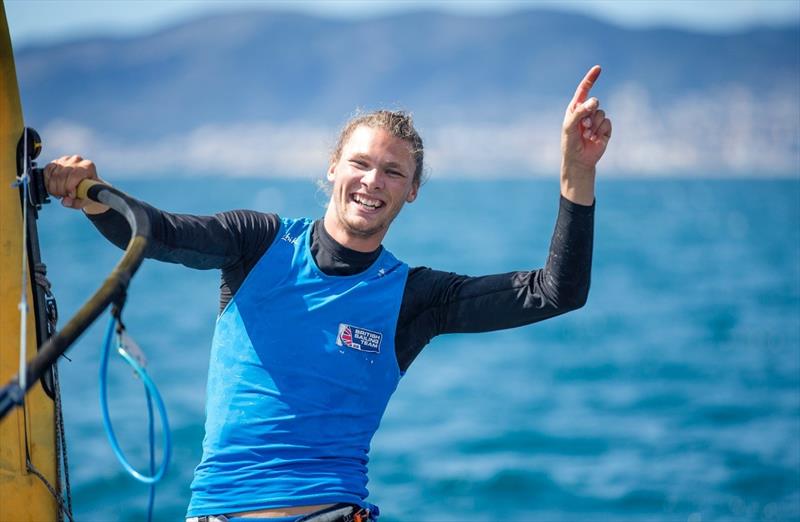
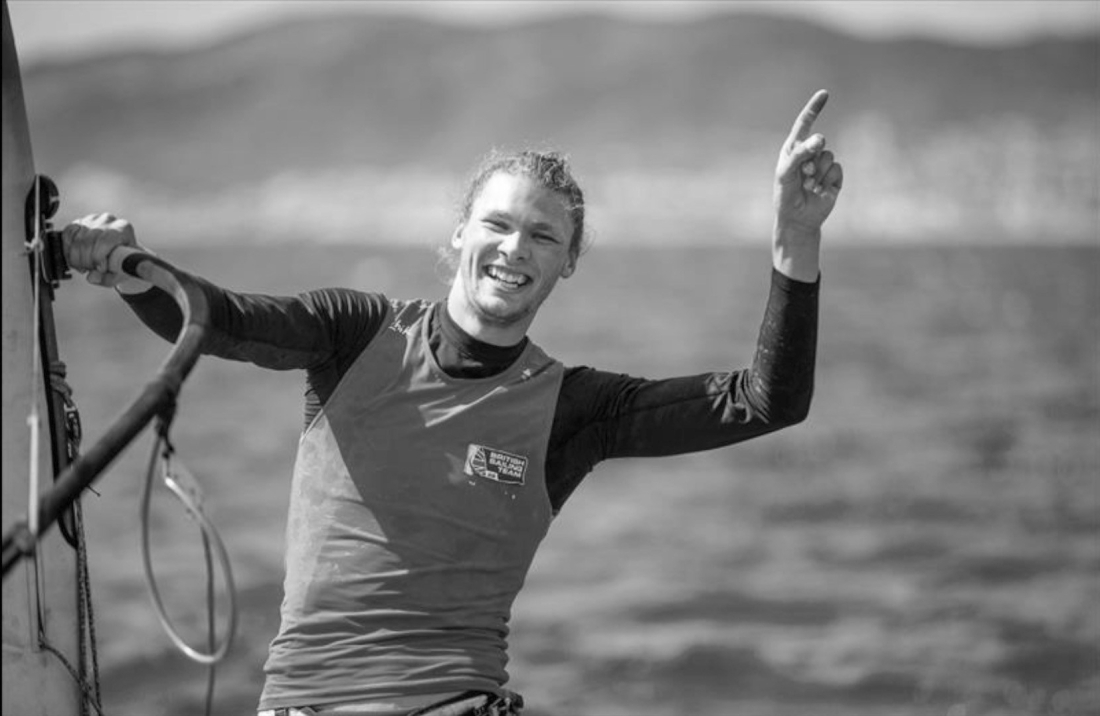
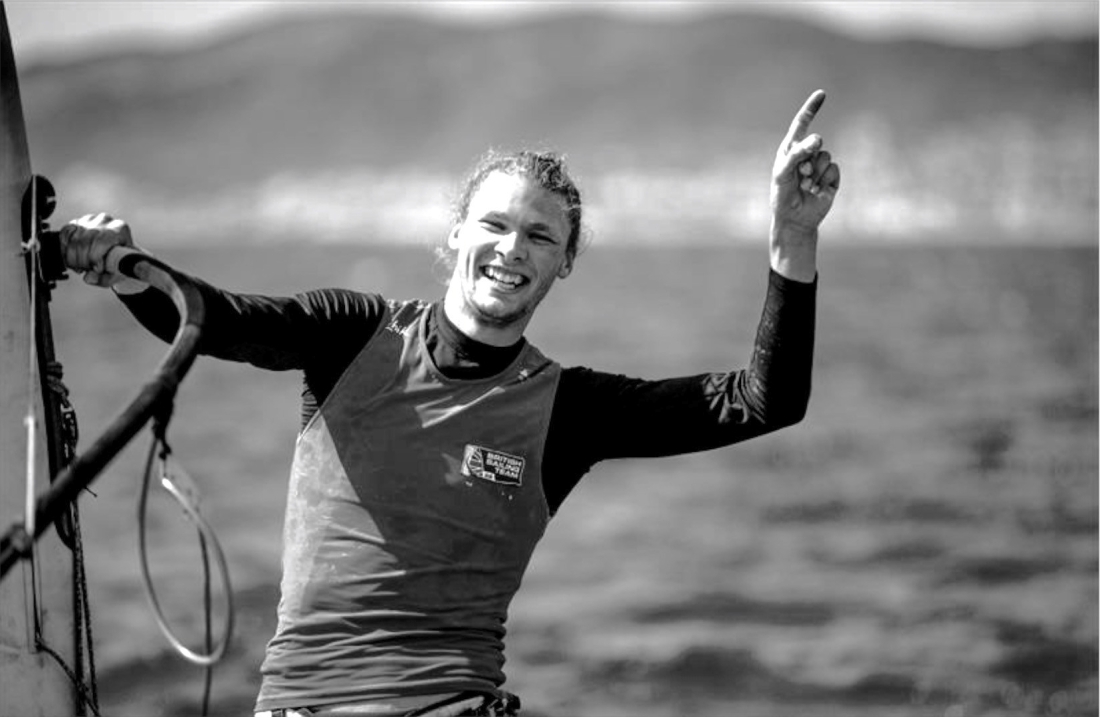
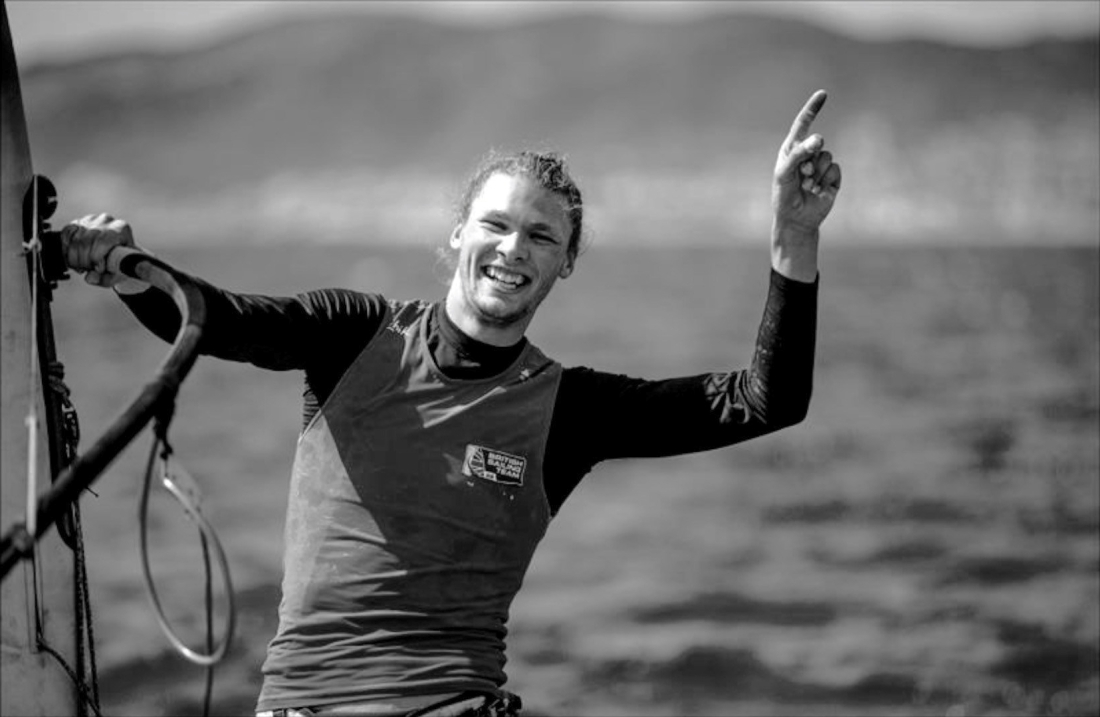
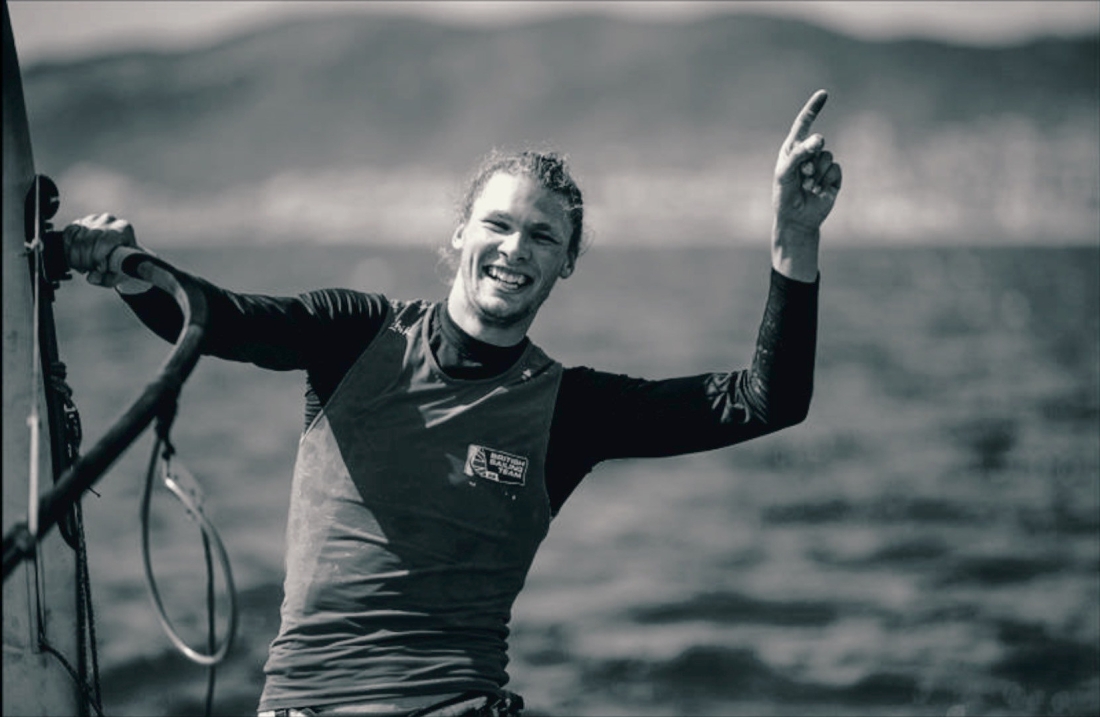
By practicing the colour graded on photos i feel that this will help speed up the process when Im editing the final piece.
In this weeks readings it explored and examines aspects of the domestic television coverage of the 2009 Games, focusing specifically on examples drawn from evening broadcasts carried on regional news programmes, “Recent research in Britain on media coverage of physically disabled athletes has identified some positive changes over time. However, athletes with a disability still tend to be more typically located as ‘tragic’ and rather passive figures – that is, as people who are disempowered by ‘experts’ who decide the disability categorisation of athletes, something that has important consequences for identity formation.” (Carter and Williams, 2012). Learning disabilities shouldn’t change the way that athletes should be portrayed in the news and media. They are still athletes, however they wont be in the same category as the ‘normal’ athletes. I feel that there is a big debate to how far commentators and news anchors should mention the term ‘learning difficulties’ to an extent where there is tension created behind the labelling. From following the codes and conventions of sports television maybe the coverage can be more directed to the sport that is being played in the games rather than mentioning and distinguishing the difference between the types of athletes. “general references to people with a learning disability; reports on Special Olympics athletes; and interviews with, and images of, athletes. There was frequent and consistent use in the TV coverage of the term ‘learning disabilities’ or ‘learning disabled’ (16 times)” as previous stated regularly referring to athletes as ‘them’ or even defining competitors by their disability gives out contradictory signals and may reinforce dominant ideas about segregation.
Reference
Carter, N. and Williams, J. (2012). ‘A genuinely emotional week’: learning disability, sport and television – notes on the Special Olympics GB National Summer Games 2009. Media, Culture & Society, 34(2), pp.211-227.
Week 7
This week I sat down with the producer and went through all of the footage and decided what should be kept in and what should be left out.
Week 8

